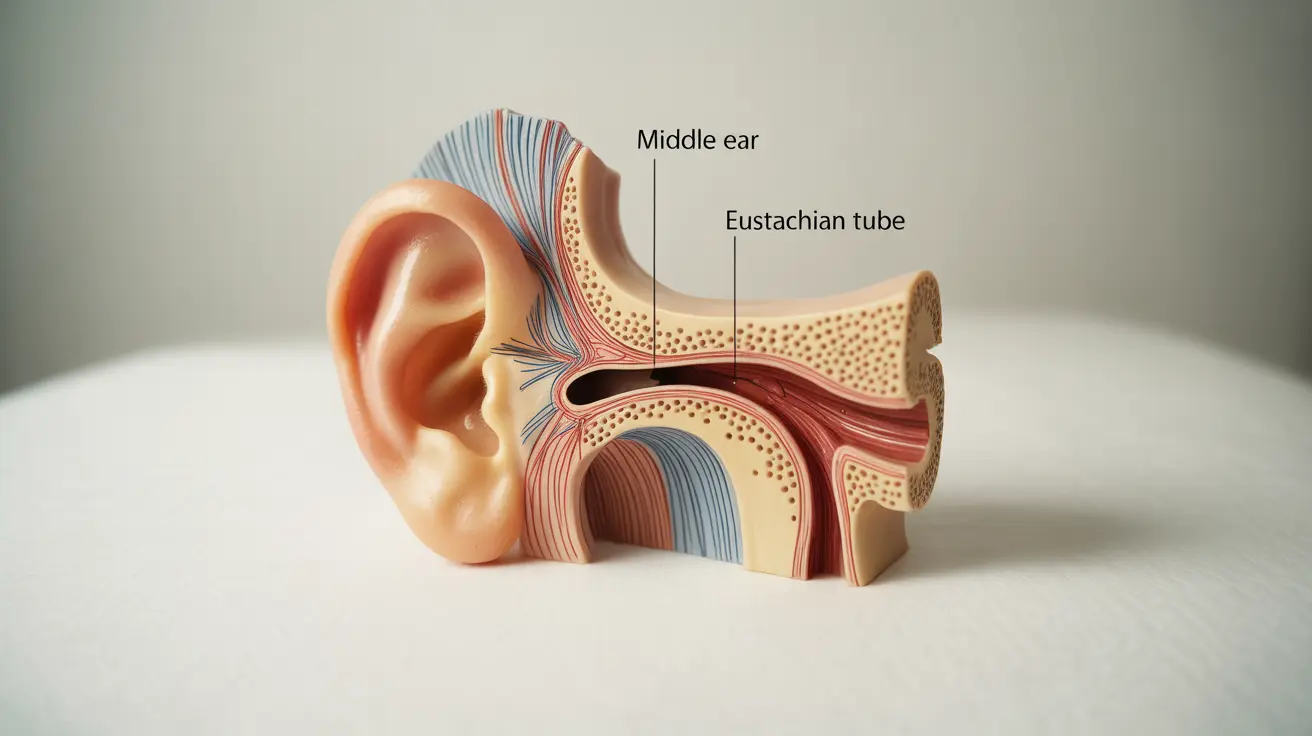Diabetic gangrene is a serious complication of diabetes that requires immediate medical attention and proper understanding to prevent devastating consequences. This condition occurs when body tissue dies due to a lack of blood supply, particularly affecting the feet and lower extremities of people with diabetes.
For individuals living with diabetes, understanding the risks, recognizing early warning signs, and maintaining proper preventive care are crucial steps in avoiding this severe complication. This comprehensive guide will explore everything you need to know about diabetic gangrene, from its causes to prevention strategies.
Understanding Diabetic Gangrene and Its Causes
Diabetic gangrene develops when high blood sugar levels damage blood vessels and nerves over time, leading to reduced blood flow to extremities. This decreased circulation, combined with the body's compromised ability to fight infections, creates perfect conditions for tissue death and gangrene development.
How Diabetes Affects Blood Flow
People with diabetes often experience peripheral arterial disease (PAD), where arteries narrow and harden, restricting blood flow to the extremities. This reduced circulation makes it harder for wounds to heal and increases the risk of infection.
Recognizing Early Warning Signs
Early detection of diabetic gangrene is crucial for successful treatment. Key warning signs include:
- Skin discoloration (black, blue, or brown areas)
- Sudden, severe pain followed by numbness
- Cold or cool skin to the touch
- Swelling and redness
- Foul-smelling discharge
- Skin that breaks down easily or develops ulcers
Prevention Strategies and Risk Management
Preventing diabetic gangrene requires a comprehensive approach to diabetes management and foot care:
Blood Sugar Control
Maintaining stable blood glucose levels is essential in preventing vessel and nerve damage that can lead to gangrene. Regular monitoring and medication compliance are crucial components of effective management.
Daily Foot Care Routine
Implementing a thorough foot care routine includes:
- Daily foot inspection for cuts, blisters, or abnormalities
- Gentle cleaning and thorough drying, especially between toes
- Regular moisturizing (avoiding between toes)
- Wearing properly fitting shoes and clean socks
- Never walking barefoot
Treatment Options and Medical Interventions
When diabetic gangrene occurs, treatment options vary based on severity and may include:
- Antibiotics to fight infection
- Specialized wound care
- Hyperbaric oxygen therapy
- Surgical debridement of dead tissue
- Revascularization procedures
- Amputation (in severe cases)
Frequently Asked Questions
What are the early signs and symptoms of diabetic gangrene to watch for? Early signs include skin discoloration, unusual pain or numbness, cold skin, swelling, and the development of sores or ulcers that don't heal. Any unusual changes in foot appearance or sensation should be reported to a healthcare provider immediately.
How does diabetes increase the risk of developing gangrene in the feet? Diabetes damages blood vessels and nerves over time, reducing blood flow to the extremities and decreasing sensation. This combination makes it harder for wounds to heal and increases the risk of unnoticed injuries becoming infected.
What steps can people with diabetes take to prevent gangrene from developing? Key preventive measures include maintaining good blood sugar control, performing daily foot inspections, practicing proper foot hygiene, wearing appropriate footwear, and seeking prompt medical attention for any foot injuries or abnormalities.
What are the common treatments for diabetic gangrene, and is amputation always necessary? Treatment options include antibiotics, specialized wound care, hyperbaric oxygen therapy, and surgical procedures. Amputation is not always necessary if the condition is caught early and treated aggressively. The key is early detection and prompt medical intervention.
How important is blood sugar control and regular foot care in managing the risk of diabetic gangrene? Blood sugar control and regular foot care are absolutely essential in preventing diabetic gangrene. Consistent blood glucose management helps prevent vessel and nerve damage, while daily foot care allows for early detection of potential problems before they become severe.




